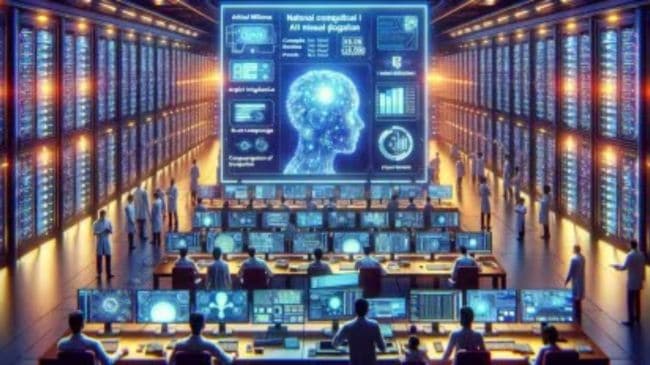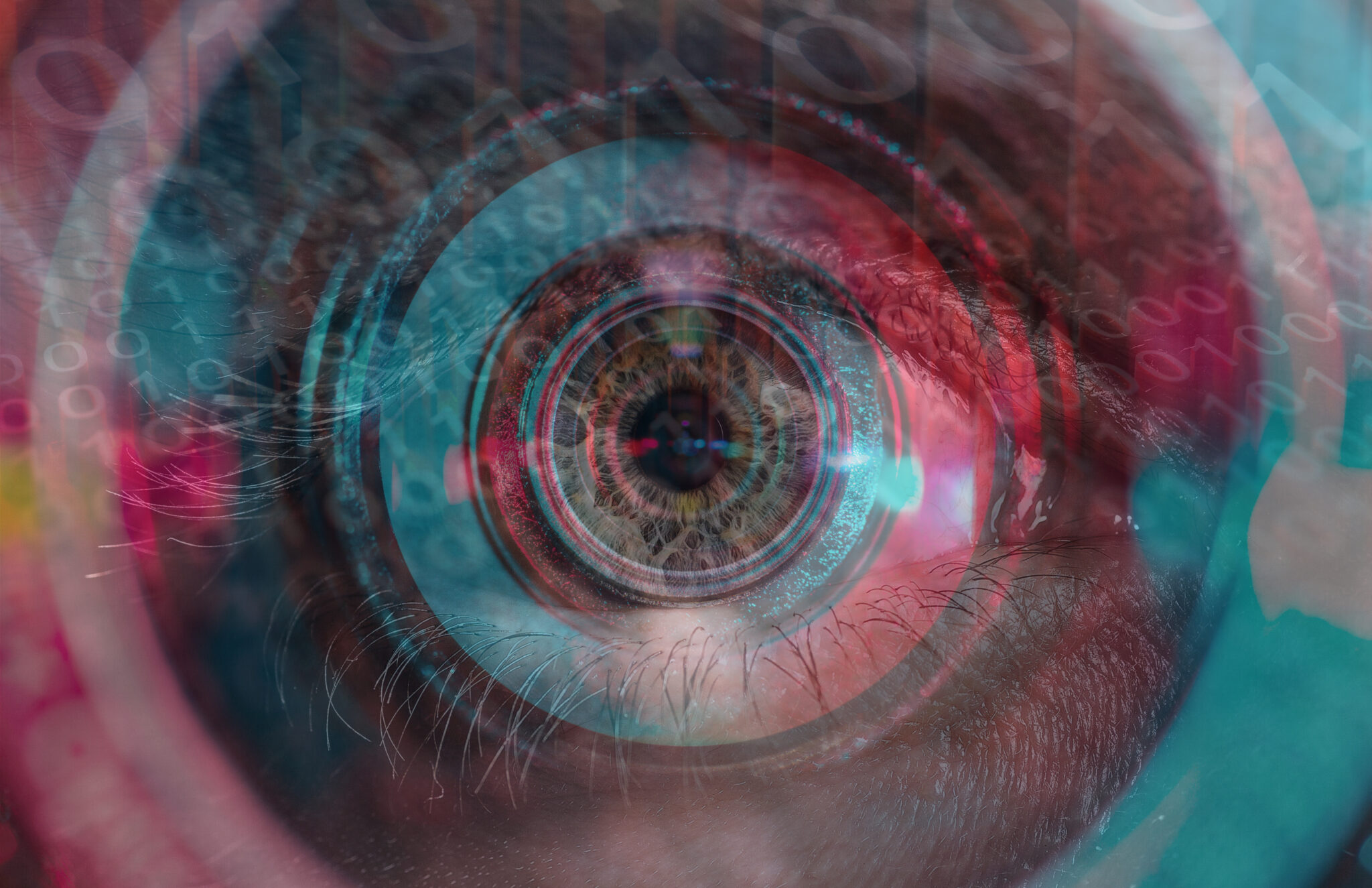A laboratory of the Defence Research and Development Organization (DRDO), the Centre for Artificial Intelligence and Robotics was established by Arogyaswami Paulraj and has its headquarters in Bangalore, is responsible for the development and research in sectors such as Secure Communication, Command and Control, and Intelligent Systems. CAIR acts as a primary laboratory for R&D and performs specific tasks in the sectors concerning Defence Information and Communication Technology (ICT).

Discovered in October 1986, the research focus was primarily based in the areas concerning Robotics, Control Systems and artificial intelligence (AI). 14 years later, in November 2000 CAIR was collaborated with the R&D groups who worked in the areas focusing C3I systems and LRDE which dealt with Electronics and Radar Development Establishment. Until now, CAIR has indulged in following projects: DRDO NETRA, which was a software that was used to intercept online communications; SecOS- a secure operating system; and Muntra which was an unnamed ground vehicle.
CAIR’s major vision was for the core artificial intelligence Research which occurs as a computer vision and includes areas of Content and Creative AI research which deals with the software operating on functions such as Video on Creative Fashion Generation, Imagination Inspired Vision, Affecting Language for Visual Art and Video on United Nations Biodiversity Conference. Through these visions CAIR focuses on making the Security systems a better operating system.

Projects under the jurisdiction of CAIR
CAIR has until now taken up various projects and has initiated many new tasks which helped its collaborators. The following projects were some of the most prominent ones taken by CAIR:
- NIPUNA: launched in 1990, it CAIR’s first AI expert system that through the help of computer-generated programs, provide the user with decision making abilities similar to that of humans in order to solve complex problems.
- Neural Based Network software: This software aids its user to recheck and reassess various errors created by humans like handling of forms and spelling mistakes.
- Command and Control Systems: This software, launched in the year 2000 is used by the Indian Army for making decisions. It also equips the user with the software that merges the sensor information of battlefield surveillance.
- Natural Language Processing: The centre made multiple approaches for the intelligence data mining and has provided various advantages to the C3I generations that are on the way. The 3D visualisation system with fly through capability that uses virtual reality terrain was established by CAIR in order to aid the military in maintaining information efficacy, superiority and accuracy.
- Netra: Useful in expropriating the threatful messages from various platforms, Netra is an intelligence Spy system that was initially equipped by the RAW but in the later years was also provided to the domestic law enforcement agencies as the second Netra system.
- Muntra: It is an unnamed armoured vehicle launched by India’s Defence Research and Development Organisation. It comes in 4 varieties that are MUNTRA-B, MUNTRA-S, MUNTRA-N and MUNTRA-M. These vehicles help in various different tasks such as surveillance missions, NBC reconnaissance missions and mine detection or marking mission.

Apart from these beneficial projects, CAIR is currently employed to work on the thrust areas concerning Research and Development such as the Advanced AI based on Information Processing Systems, Autonomy and Cognition for Unmanned and Robotic systems, State-of-the-art Net-Centric Tactical C3I Force multiple systems and Cyber, Information and communication security systems. By opting for such areas, the CAIR helps the force in maintaining the Fifth generation Warfare information and helps in acquiring a force multiplier solution to Services by helping them in the betterment of Robotics and AI sectors.
Technologies and applications of Centre for Artificial Intelligence and Robotics
- Net Centric Systems for Tactical Command and Communication Systems: By facilitating the comprehensive situations awareness, the C3I system consists of various networked computer systems that help in time efficient decision making. CAIR has an advanced series of C3I systems that operates for various departments under the jurisdiction of the Indian army. Major domains in the contribution of this application are:
- Communication and Networking: CAIR is employed for producing the technologies required by the Indian Army in the futuristic tactical communication network.
- Geographical Information System (GIS): INDIGIS, an endemically produced application for Geographical information that becomes useful for the Indian military in order to track various activities going on in the territory. It is applied in functions such as visualising, analysing and measuring of spatial objects.
- Intelligent Systems and Unmanned Systems: Being appointed for the development of Unmanned Systems, Computer Vision Processing and AI, CAIR manufactured robots for a variety of purposes such as the industrial grade capability robot and futuristic research-oriented robots. Employed in areas such as computer vision, CAIR becomes responsible for the research and development activities. CAIR developed decision support system framework is maintained as the ontologies in the form of knowledge base. By applying CAIR for the development of technologies, the higher authorities further engage it in the employment for realizing industrial and mobile robots.
- Information Security:
- Communication security: In order to secure voice, fax, or data that can be sent over leased lines, phone lines, IP networks, radio links, satellite terminals, frame relay networks, fibre optic networks supporting a wide bit rate of operations from few Kbps up to Gigabits/sec. etc., CAIR has developed a wide range of communication security systems. These systems are based on hardware platforms that provide wire-line speed encryption with little overhead and delay.
- Cyber Security: Protecting the integrity and confidentiality of data that is transferred over networks and stored on computers is the goal of information security. The following are the areas in this field that CAIR has been focusing on: Network access control, traffic analysis, secure communication, authentication, and intrusion detection systems are some examples of these.
Benefits provided by CAIR
Benefits of CAIR scale from executing budget efficient and on-time projects to providing its customers technical advices. The agency ensures full participation of its customers on all phases of product development. It utilizes the open source and COTS for the manufacturing of products. It furthermore, gives more power and authority to the users and promote innovation.

In conclusion, CAIR has been a useful asset to the Indian security and military system and is also useful in developing the countries AI autonomy, making the country powerful in sectors engaging with robots and AI techniques. Through its various applications, CAIR helps in the betterment of military tools and equipments and strengthens the military powers in the ever-evolving world.








